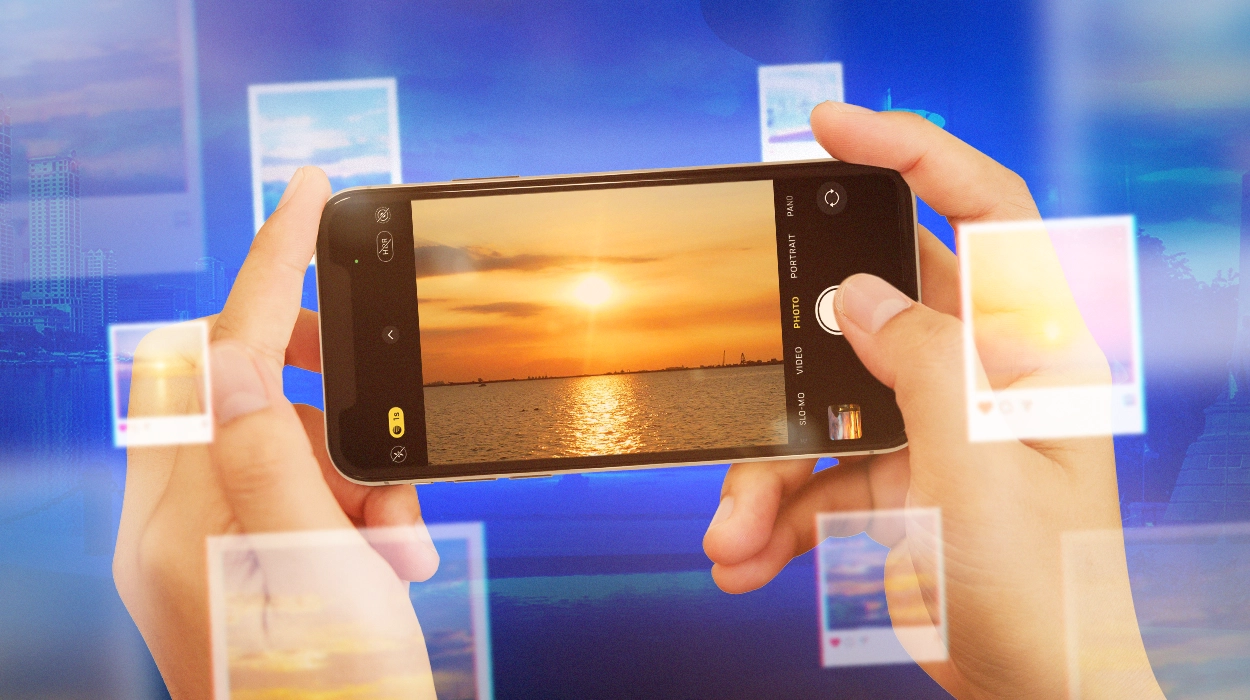Looking into how influencers are reshaping brand engagement in specific niches can put you ahead of the trend. Read on to find out why and how these influencers are effective at driving authentic engagement with your audience.
A subtle yet significant shift is taking place. More and more types of influencers are popping up and making an impact in certain niches, namely, nanoinfluencers and microinfluencers. While they may not grace billboards or feature in blockbuster ads, their ability to carve more solid connections with audiences is reshaping the marketing landscape.
While nanoinfluencers and microinfluencers have some overlap in terms of who they are and what they bring to the table, understanding the difference between them is key. For instance, one of their key differences is that nanoinfluencers have a range of 1,000 to 10,000 followers, while microinfluencers have a follower base in the tens of thousands.
These influencers aren’t just promoting products; they’re creating authentic connections with their audiences through genuine, grounded content. Today, we’ll delve into the importance of tapping into these influencers, and showing you just how effective they can be.
After all, they aren’t just a trend. They’re proof of how quickly consumer influence and brand interaction have been evolving these days—a lesson you’ll want to learn and keep note of if you want to keep up with the trend.
Advantages of Working with Microinfluencers and Nanoinfluencers
1. Authenticity
One of the primary reasons nanoinfluencers and microinfluencers are becoming increasingly relevant in the marketing world is their authenticity. This authenticity is linked to their smaller, more manageable followings.
Unlike their macro counterparts, these influencers often cultivate a personal relationship with their audience. Their content feels less like a broadcast and more like a conversation among friends.
This sense of authenticity is further amplified by the fact that nanoinfluencers and microinfluencers typically choose to promote products or services that they genuinely use or believe in. Their recommendations come across as sincere and trustworthy, mirroring the advice one might receive from a close friend rather than a distant celebrity.
For brands, this translates into endorsements that resonate more deeply with audiences, fostering a sense of trust and loyalty that larger influencers might struggle to achieve. In an era where consumers are increasingly wary of overt advertising, the genuine approach of nanoinfluencers and microinfluencers offers a refreshing alternative.
ALSO READ: Crafting Authenticity in Influencer Partnerships from an Influencer Relations Manager
2. More personal connections
The ability to forge more personal connections is another thing that nanoinfluencers and microinfluencers have over macroinfluencers. With a smaller audience, these influencers can often engage more directly and meaningfully with their followers. It’s about creating a community with a genuine sense of belonging among their audience.
Nanoinfluencers and microinfluencers tend to know their audience better, understanding their preferences, interests, and even their day-to-day challenges. This deep connection allows them to tailor their content in a way that feels more relevant and engaging to their followers.
For brands, this means that collaborations with these influencers are likely to be met with a warmer reception. The audience perceives the influencer’s endorsement as a recommendation from a trusted source, making them more open to exploring and embracing the advertised products or services.
In essence, the personal connection cultivated by nanoinfluencers and microinfluencers can lead to more effective and impactful influencer marketing campaigns, as they bridge the gap between brands and consumers in a more intimate manner.
3. Higher engagement rates
A standout feature of nanoinfluencers and microinfluencers is their higher engagement rates compared to larger influencers.
Engagement rate, a critical metric in influencer marketing, often diminishes as follower counts grow. However, nanoinfluencers and microinfluencers buck this trend. Later x Fohr’s study shows that the less followers an influencer has on Instagram, the more engagement they get.
Their more modest following size allows for stronger, more interactive relationships with their audience, resulting in higher levels of engagement such as likes, comments, and shares.
This increased engagement is a testament to the closer, more personal bond they have with their followers. Their audience doesn’t just passively consume their content; they interact with it, engage in conversations, and often feel a part of the influencer’s journey. For brands, this means that collaborations with these influencers are likely to see higher levels of audience participation and interest.
In addition, the high engagement rates of nanoinfluencers and microinfluencers signal to social media algorithms that their content is valuable, often increasing its visibility. This results in a greater organic reach, making these influencers invaluable assets for brands seeking to maximize the impact of their marketing campaigns.
4. Authority in specific niches
Nanoinfluencers and microinfluencers frequently establish themselves as authorities or key opinion leaders—frequently called KOLs—in specific niches, a factor that significantly amplifies their influence. Their focus on particular topics, hobbies, or industries allows them to cultivate deep knowledge and expertise in these areas. This specialization not only attracts an audience with specific interests but also establishes the influencer as a go-to source for information and opinions in that domain.
For brands, partnering with influencers who have authority in a specific niche offers a direct line to a highly targeted audience.
Whether it’s lifestyle, gaming, technology, or any other sector, the niche authority of nanoinfluencers and microinfluencers ensures that their endorsements resonate strongly with an audience already interested in those specific topics.
This focused authority is especially valuable in influencer marketing, as it allows for more precise targeting and tailored messaging. Collaborations with these influencers can yield highly effective results, as they are able to authentically integrate products or services into content that aligns seamlessly with their established expertise and audience interests.
As you’ve seen, tapping a nanoinfluencer or macroinfluencer is impactful in spreading brand awareness and engagement. To find the Key Opinion Leader (KOL) that perfectly aligns with your brand’s values and goals, it’s crucial to partner with a reputable influencer management agency. M2.0 Communications has built an extensive network of social media contacts to support our partners with their influencer marketing strategies.
Read about our influencer campaign success stories:



